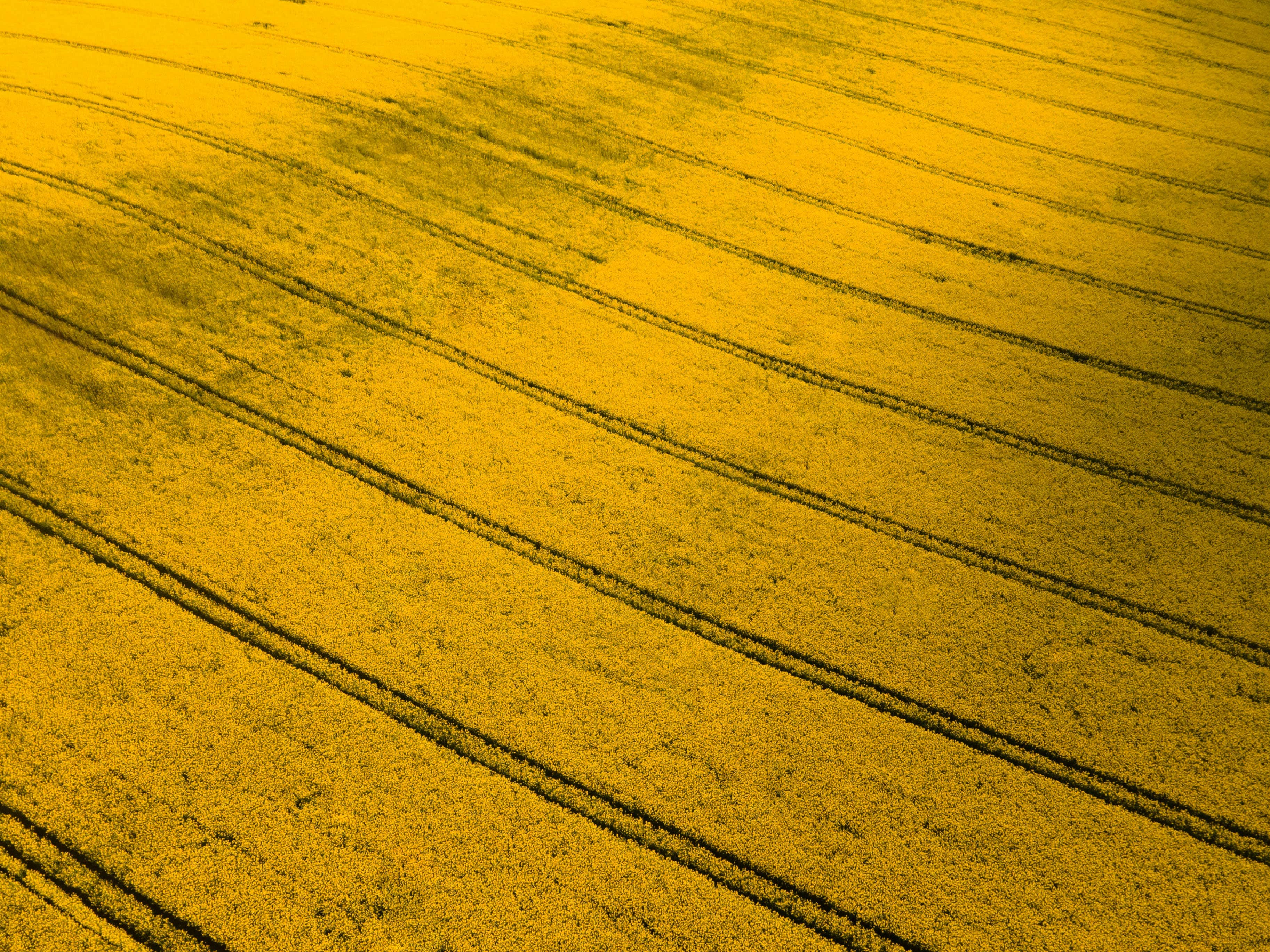Key Takeaways
- Sclerotinia stem rot (SSR) is a major threat to oil-producing crops caused by the fungus Sclerotinia sclerotiorum.
- The genetic basis of SSR resistance has been identified in oilseed rape through a genome-wide association study.
- The key gene, BnaA07.MKK9, encodes a kinase that triggers a defensive signaling cascade, enhancing SSR resistance.
- Functional analyses show that variations in BnaA07.MKK9 can improve SSR resistance by approximately 30%.
- These findings provide valuable insights for breeding SSR-resistant oilseed rape cultivars.
A groundbreaking study by Lin et al. (2024) has identified a crucial gene responsible for conferring resistance to Sclerotinia stem rot (SSR) in oilseed rape, offering new hope for combating one of the most devastating diseases affecting major oil-producing crops. The study, published in a leading agricultural science journal, sheds light on the genetic mechanisms behind SSR resistance and provides a foundation for future breeding programs.
Sclerotinia Stem Rot: A Persistent Threat
SSR, caused by the necrotrophic fungus Sclerotinia sclerotiorum, poses a significant threat to several major oil-producing crops, leading to substantial economic losses globally. Despite its severe impact, the genetic basis of resistance to SSR has remained largely elusive until now.
Key Gene Identified Through Genome-Wide Association Study
The researchers conducted a genome-wide association study (GWAS) to unravel the genetic factors underlying SSR resistance in oilseed rape. Their efforts led to the identification of a pivotal gene, BnaA07.MKK9, which encodes a mitogen-activated protein kinase kinase (MAPKK). This gene plays a crucial role in the plant's defense mechanism against SSR.
Functional Analysis Reveals Defensive Signaling Cascade
Functional analyses conducted by Lin et al. demonstrated that BnaA07.MKK9 interacts with two other kinases, BnaC03.MPK3 and BnaC03.MPK6, phosphorylating them at the TEY activation motif. This interaction triggers a signaling cascade that initiates the biosynthesis of key defensive compounds, including ethylene, camalexin, and indole glucosinolates. Additionally, it promotes the accumulation of hydrogen peroxide (H2O2) and the hypersensitive response, ultimately enhancing the plant's resistance to SSR.
Genetic Variations Enhance Resistance
The study also revealed that variations in the coding sequence of BnaA07.MKK9 can significantly alter its kinase activity. Cultivars carrying the advantageous haplotype of BnaA07.MKK9 exhibited an approximate 30% improvement in SSR resistance. This discovery holds promise for developing SSR-resistant oilseed rape varieties through targeted breeding.
Read the complete study here.


